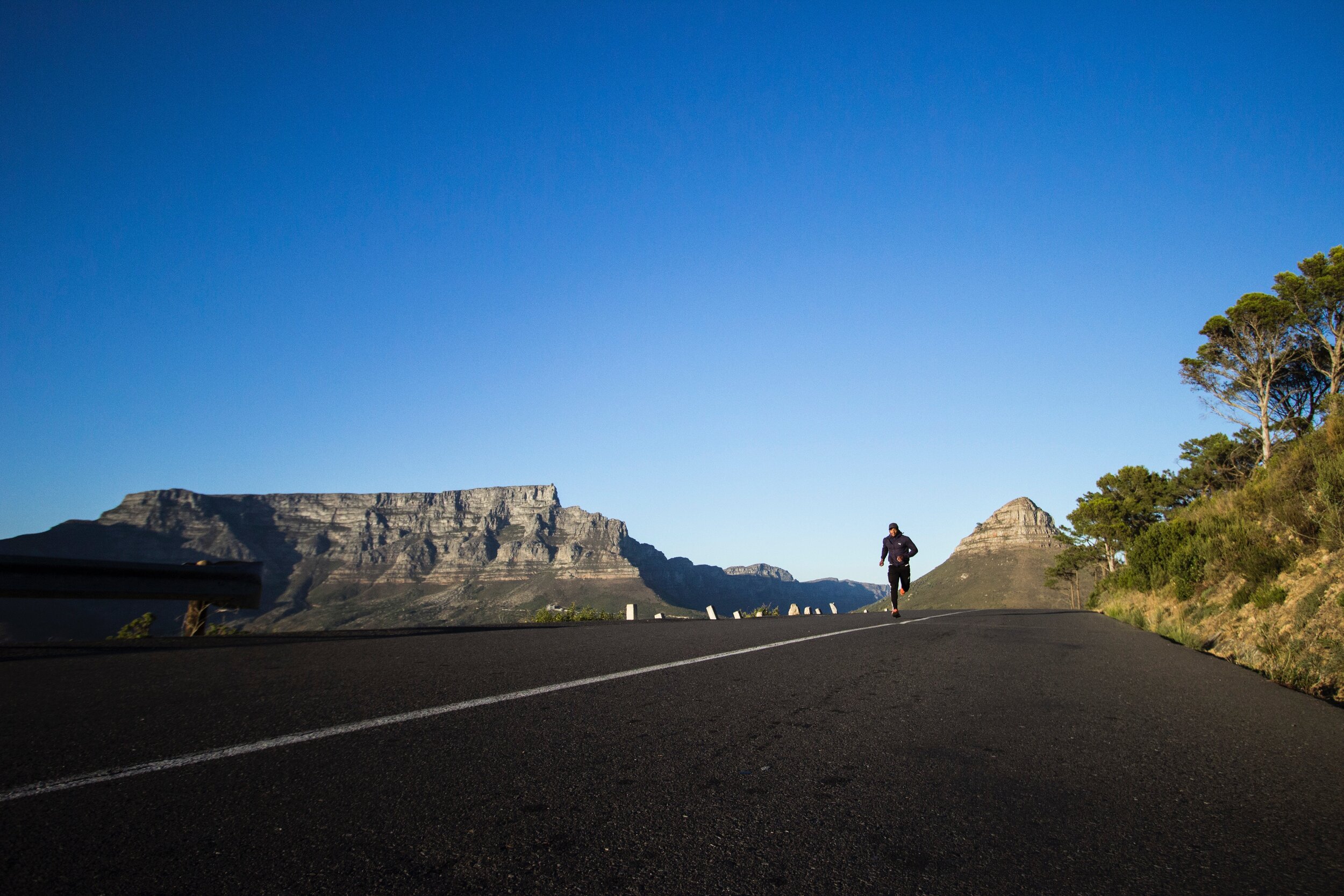Running remains one of the most popular outdoor activities in Boulder where participants can take advantage of the acres of open space. It is difficult to beat the simplicity, low cost of entry, and workout intensity found in running. Its’ physical benefits are well established by the research including decreased body mass, improved heart and lung function, increased bone density, and lean body mass. In addition, running may provide a benefit to our joints’ cartilage in older runners with signs of osteoarthritis. A recent review of the literature details the impact of running on a participant’s risk of death, as well as, how infrequently running can be performed to see a risk reduction.
British Journal of Sports Medicine published a review of the available research on the risk of death among runners compared their age matched non running peers (Pedisic et al. 2020). Authors included data from 6 prospective cohorts of close to 26,000 runners. Average follow ups for these studies ranged from 5 to 35 years. They reported a 27% reduction in early mortality risk from all causes in the runners. Further, a 30% and 23% reduction in early death from heart disease and cancer was also found in these participants, respectively. Interestingly, authors did not find a significant dose-response relationship for training variables including frequency, duration, speed, and total running volume. Indicating some running is better than no running, but higher running volumes may or may not be associated with lower risks. Further research is needed to establish this dose – response relationship in higher running volume participants.

